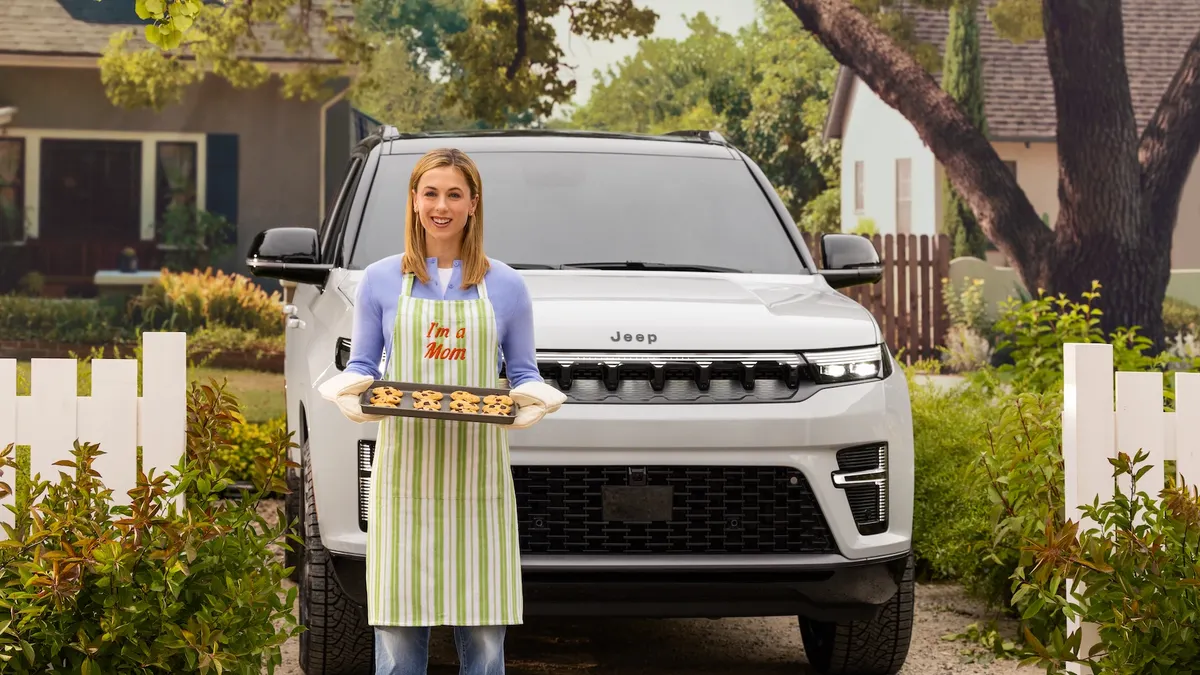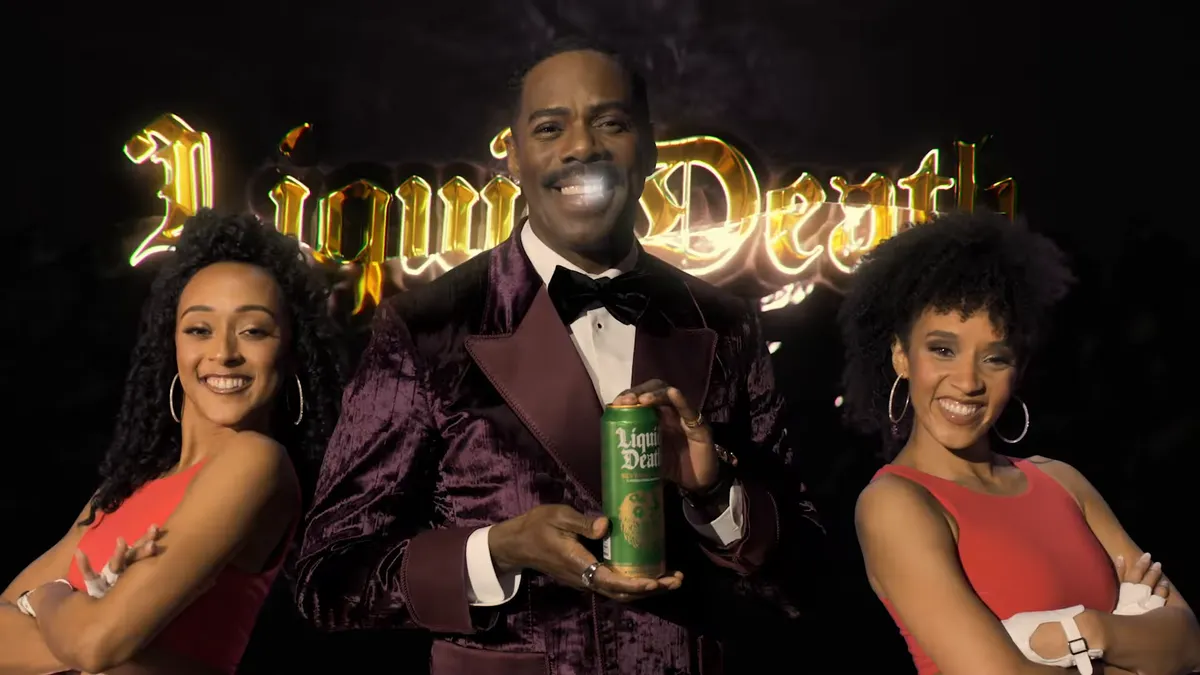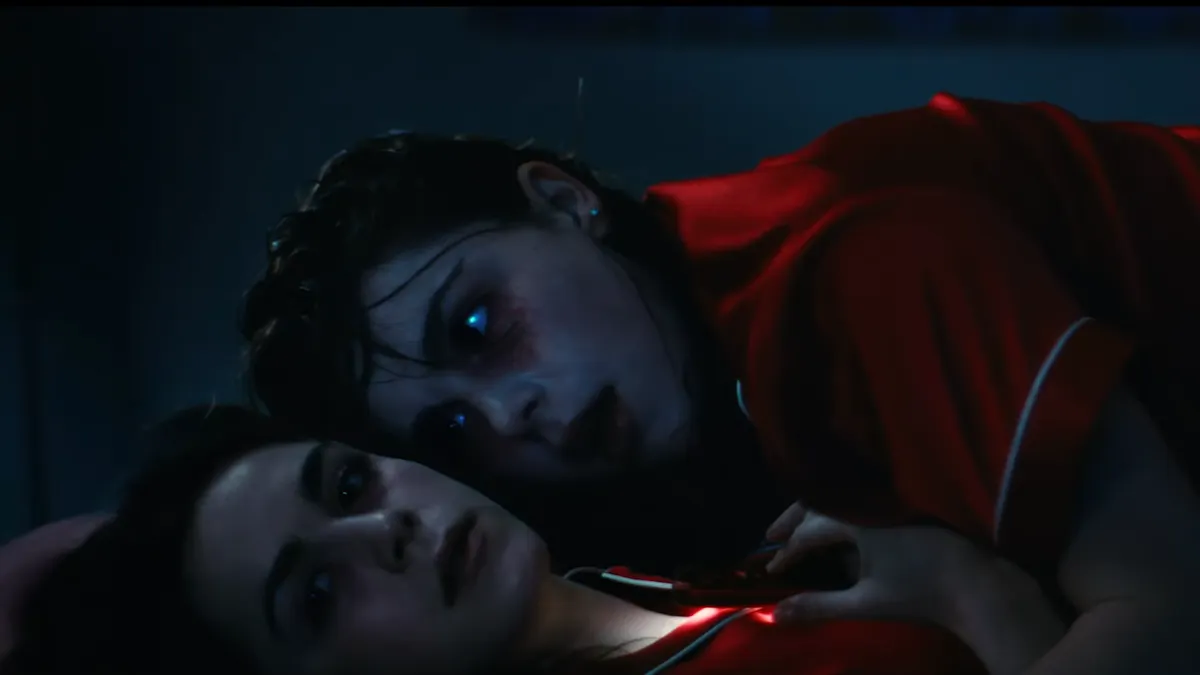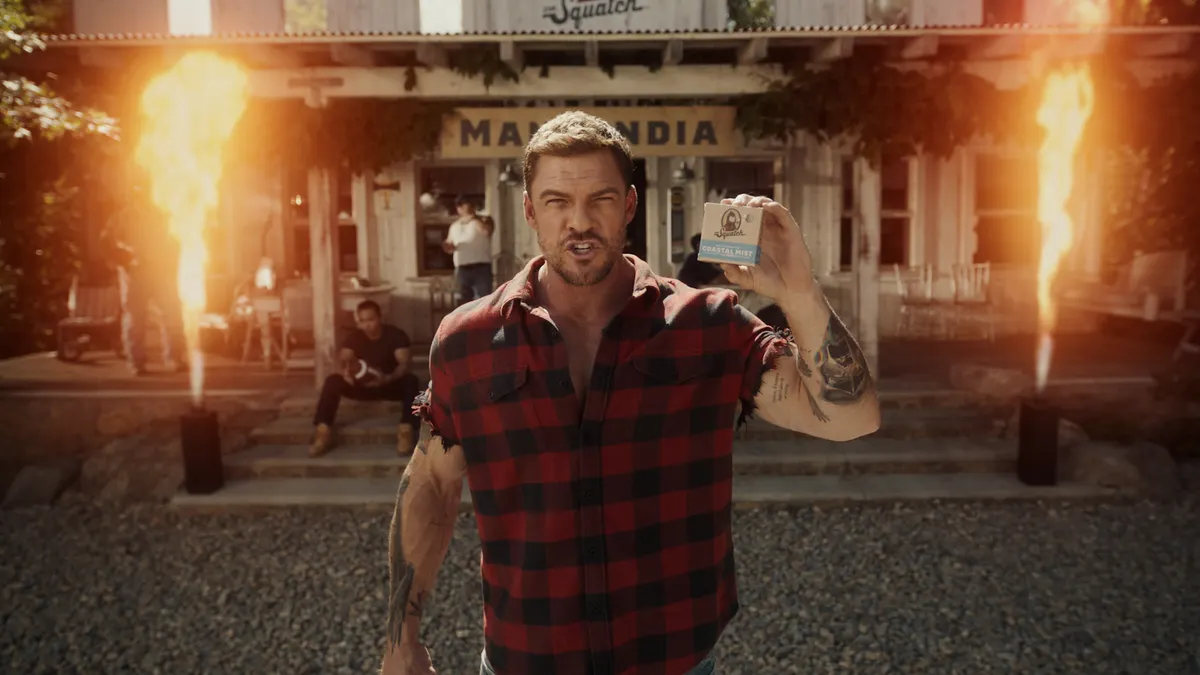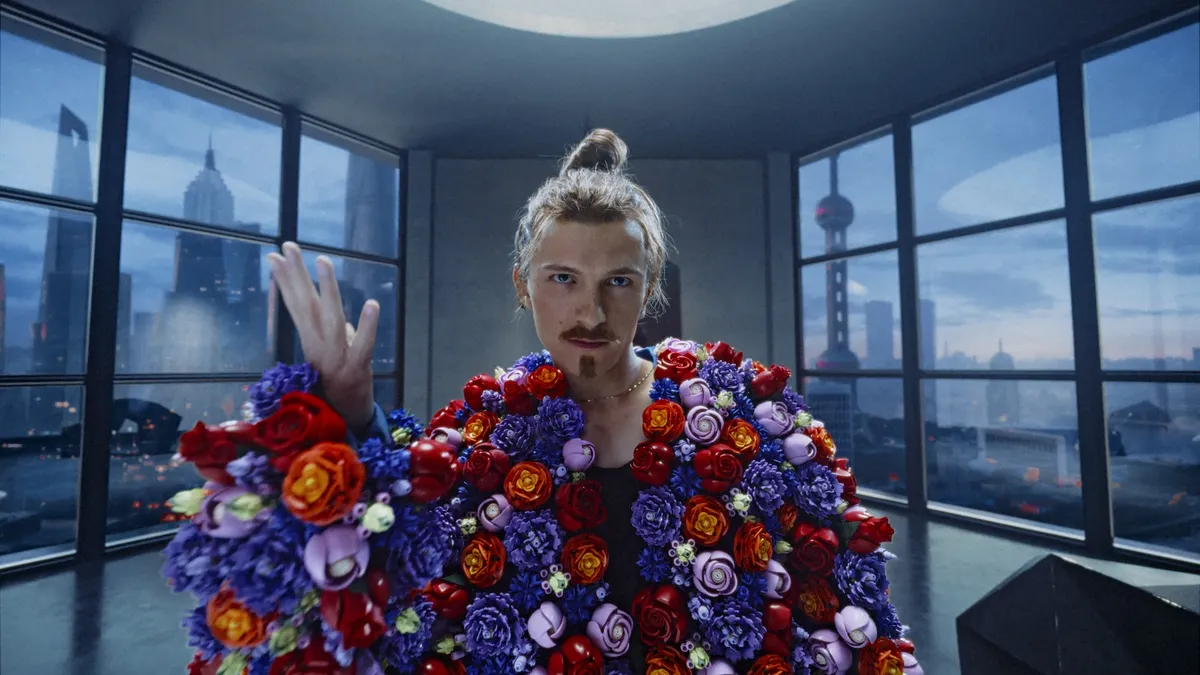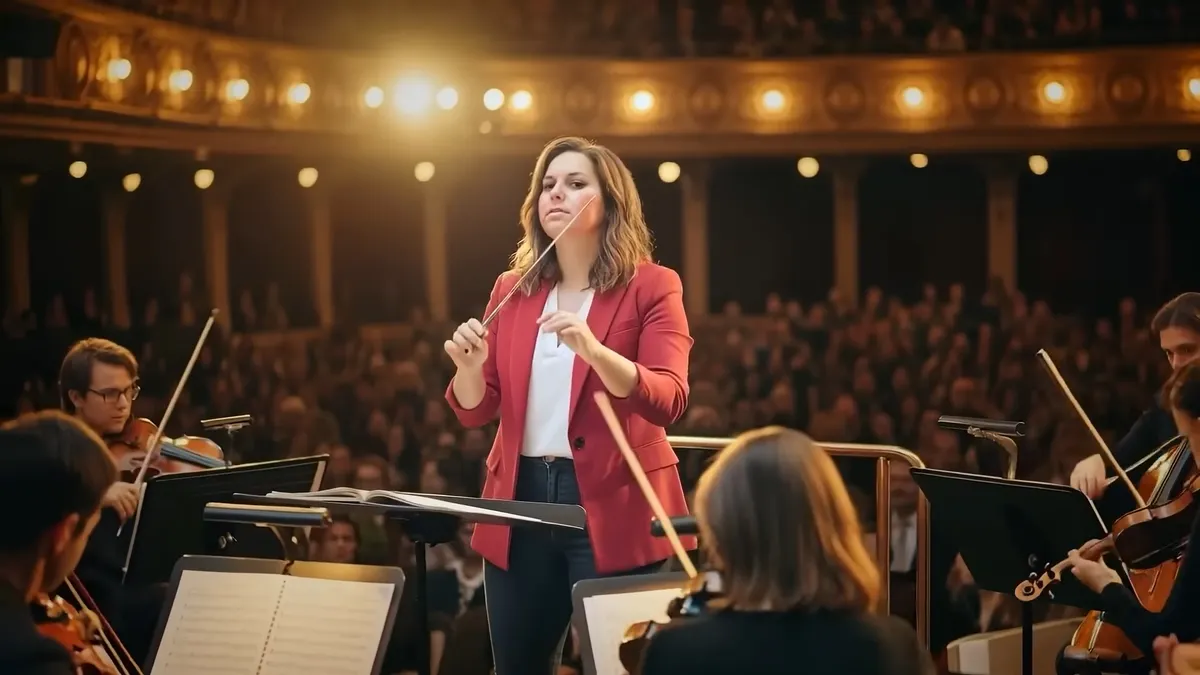Campaign Trail is our look at some of the best and worst new creative efforts from the marketing world.
This week, Marketing Dive's editors review the trash-filled love story between Coca-Cola Zero Sugar and orange Fanta, McDonald's leveraging a pop culture moment to boost its social media cred and Friskies' digital shopper marketing effort starring Grumpy Cat and a racing feline named Mr. Tickles.
McDonald's engages in saucy social media exchange with 'Rick and Morty' showrunner
The rundown: "Rick and Morty," a trippy sci-fi cartoon from Cartoon Network's Adult Swim programming block, premiered its third season with an episode in which the titular mad scientist Rick Sanchez rants about the deliciousness of McDonald's Szechuan dipping sauce, which was released for a limited time to promote Disney's "Mulan" animated film back in 1998.
Not one to pass up on the pop culture moment, McDonald's 'scrounged up' an extra bottle of the promotional item to send in a special package to "Rick and Morty" co-creator and lead voice actor Justin Roiland, who responded with an appropriate series of tweets:
Holy shit. pic.twitter.com/vNEIfHTmNU
— Justin Roiland (@JustinRoiland) July 30, 2017
It's doubtful, however, that the sauce is actually from the original release nearly 20 years ago given that some clever copywriter came up with packaging that directly addresses the show, reading: "DO NOT serve to mad scientists traveling with their teenage grandson."
The results: Social media is where fast food brands are thriving in terms of image. The nature of the channel and platforms like Twitter, in particular, encourages a more casual, conversational tone than traditional brand messaging. That breathing room has made brands like Wendy's famous — or infamous, depending on who you ask — for its sassy replies and boosted Arby's nerd cred with anime and video game fans considerably.
McDonald's significantly beefed up its social media team last year to foster more millennial outreach, and the "Rick and Morty" Szechuan sauce play shows it capitalizing on those capabilities, leveraging a pop culture moment to put it top of mind with consumers. The fast food chain smartly extended the effort into its own mini-social media contest as well, encouraging followers to retweet, like or respond to its official account to nab their own jug of the apparently irresistible — and incredibly rare — condiment:
We have 3 half gallons of #SzechuanSauce stuck in 1998! Retweet, like or respond to bring them to present day before 11:28 p.m. EST
— McDonald's (@McDonalds) July 31, 2017
— Peter Adams
Racing cat fails to cross finish line for Friskies, Kroger
The rundown: Nestle Purina's Friskies debuted a racing-themed video on Kroger's website that introduces several new products — Friskies Gravy Swirlers, Extra Gravy Chunky and Party Mix Gravy-licious Treats — while supporting the supermarket chain's sponsorship of stock car driver A.J. Allmendinger. The video stars Grumpy Cat, famous for her frowning expression, and Allmendinger's cat Mr. Tickles, who is on a quest to become the first cat of professional racing. There is no shortage of racing- and cat-friendly puns like "Lap it up" in a social media tie-in. Consumers who engage can access digital coupons for the new products.
The results: The Friskies, Kroger effort initially appears to be a compelling example of shopper marketing going digital, with the potential to make an impact both online and in stores. However, it ultimately fails because of a poorly executed video that does not hold up against some of the slick branded online content available these days. The video comes across as outdated with a contrived script, the bad kind of low-production values and a past-her-prime celebrity cat. Consumers are used to watching more entertaining video made with a smartphone and no script.
Still, the campaign shows how major consumer packaged goods companies like Nestle and Unilever, who have long co-produced in-store programs with supermarket and mass merchant chains, are moving these efforts into digital channels to meet consumers where they are browsing products. While the brand and retailer are promoting the video to their social followers and driving them back to the Kroger site, ultimately the effort underscores the challenges that marketers face in creating engaging digital content.
— Chantal Tode
Coca-Cola's love story doesn't fizz out
The rundown: Last weekend, Coca-Cola rolled out an ad depicting two bottles of Coca-Cola Zero Sugar and orange Fanta that continuously meet and rekindle their romance each time they're recycled into new bottles. As cliché as this "true love never dies" saga might seem, the one-minute bit is also pretty creative, as it's made entirely of 1,500 recycled plastic bottles in stop-motion form — even the tiny skyline in the background is crafted from repurposed rubbish.
The results: The Ogilvy & Mather Berlin spot aired last weekend on TV in the U.K. and Ireland and is set to continue in movie theaters and on social media throughout the summer. So far, it’s reeled in more than 383,000 hits on YouTube, as well as nearly 60,000 views for the accompanying 30-second spot.
What adds a little substance to the already sweet message is that it hints at the beverage company’s claim that it's planning to increase the amount of recycled plastic in its bottles by 2020. This clever clip likely debuts following a prior sustainability commitment made amid pressure from environmental activists. But as the latest in a line of companies embracing digital to promote their sustainability, the message in Coca-Cola's most recent ad was watered down only by the not-so-subtle voiceover at the end telling people to recycle.
— Natalie Koltun






